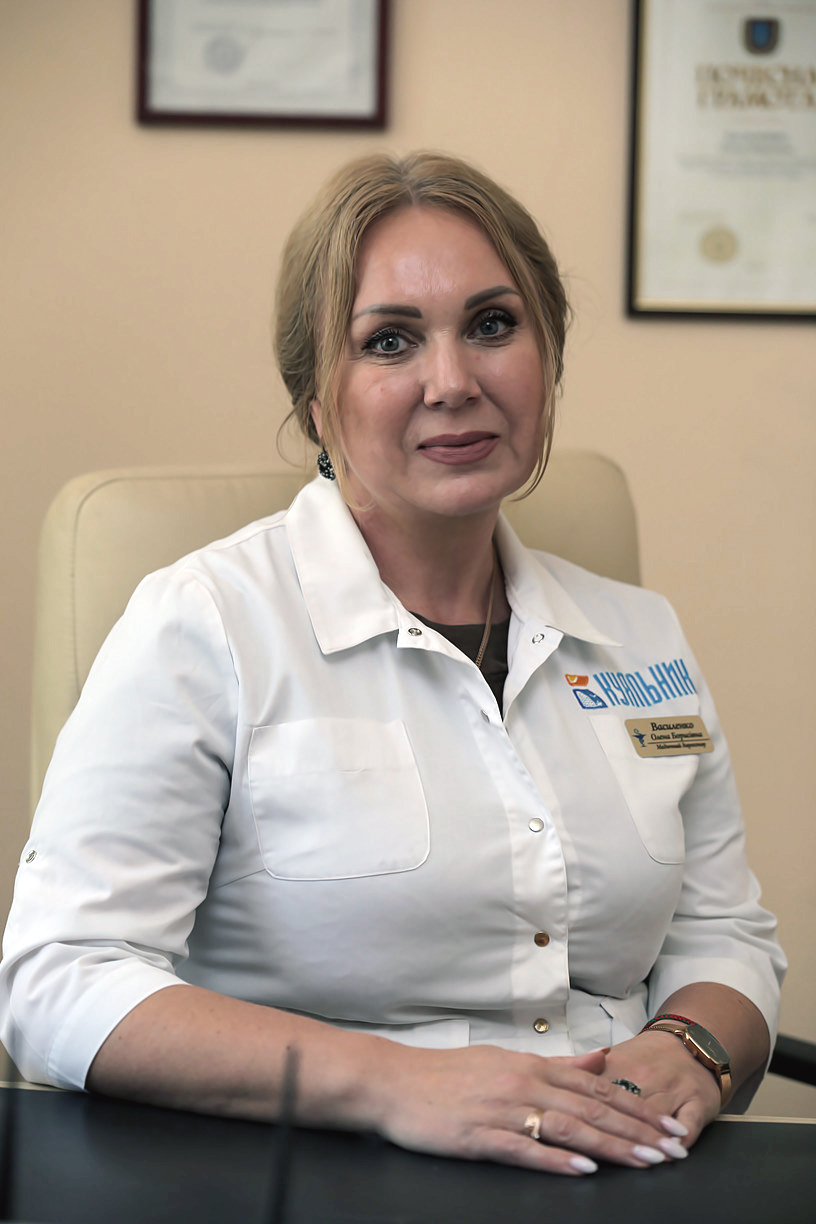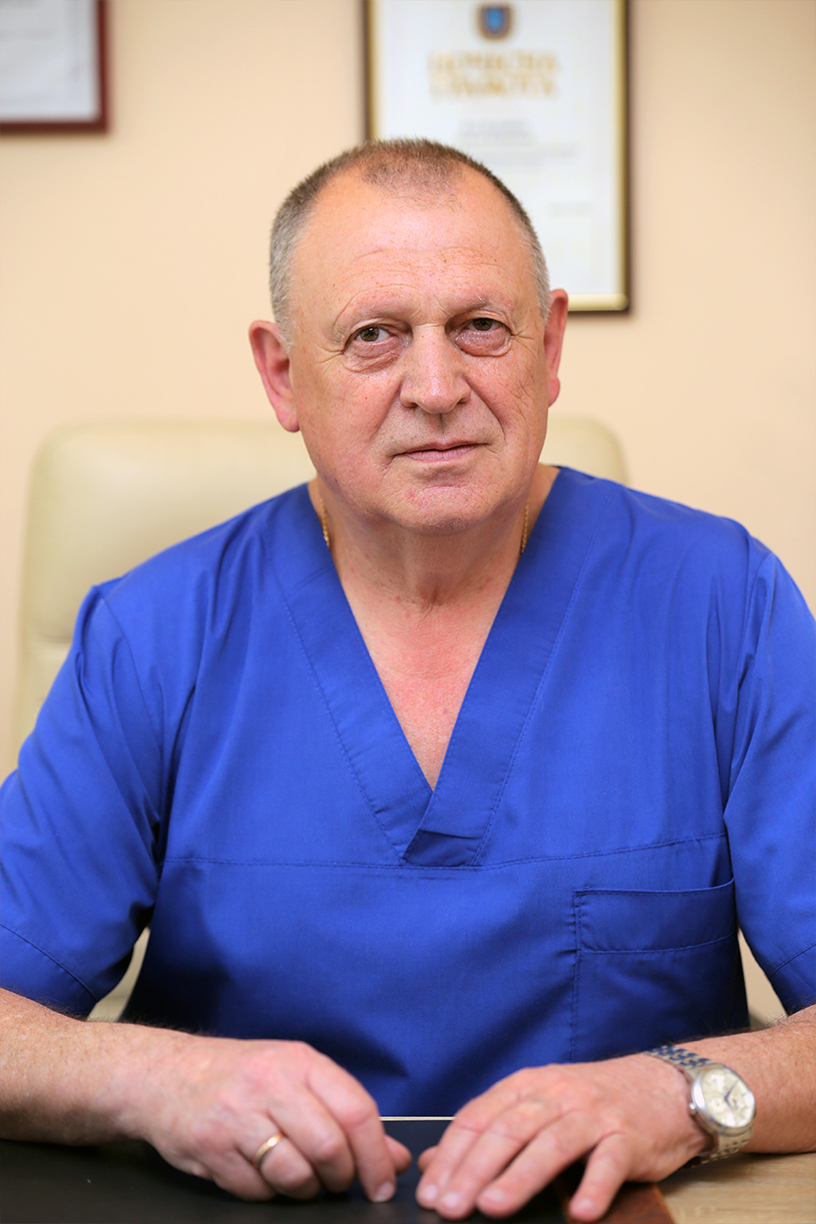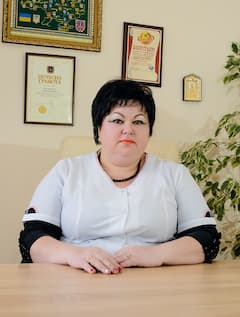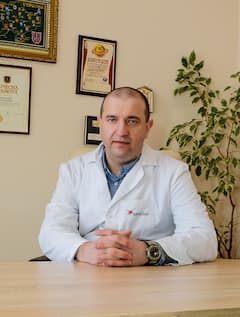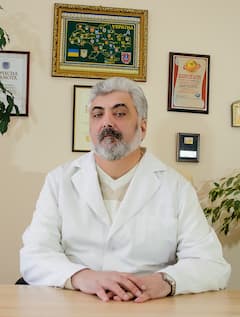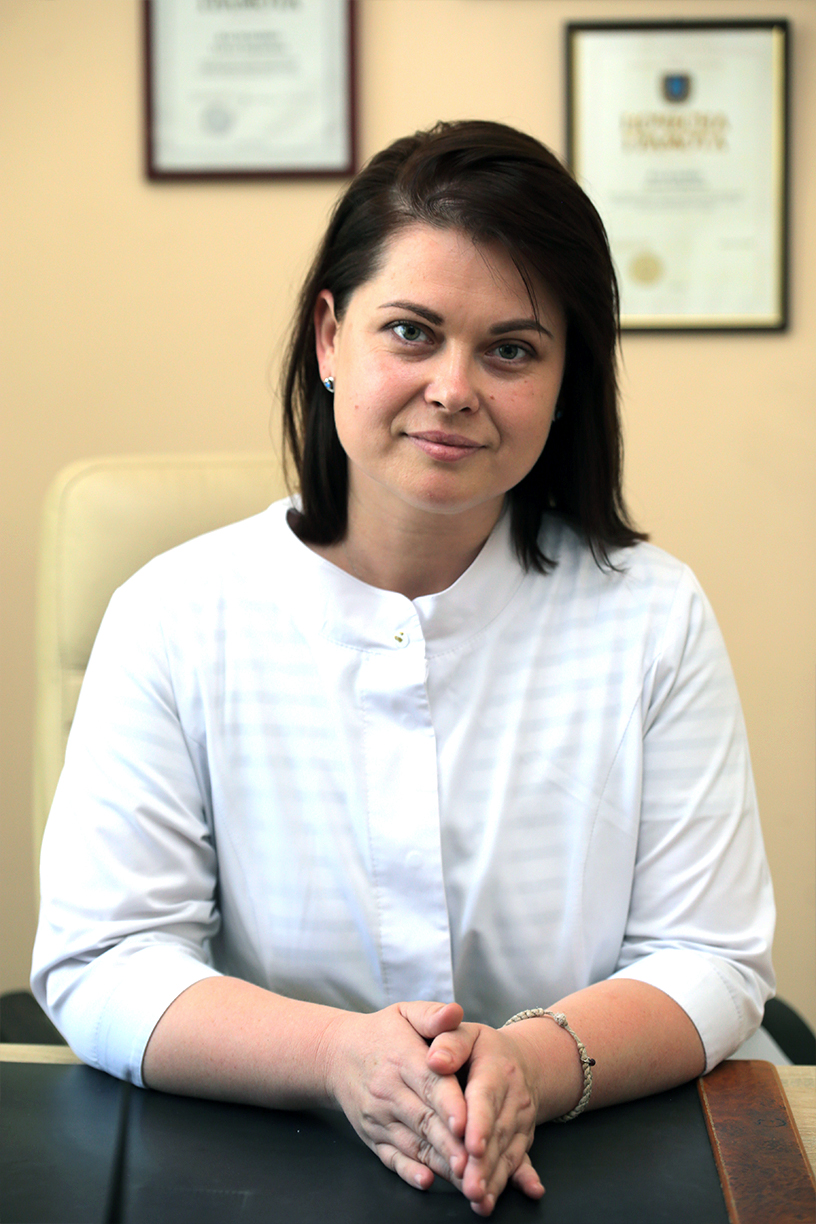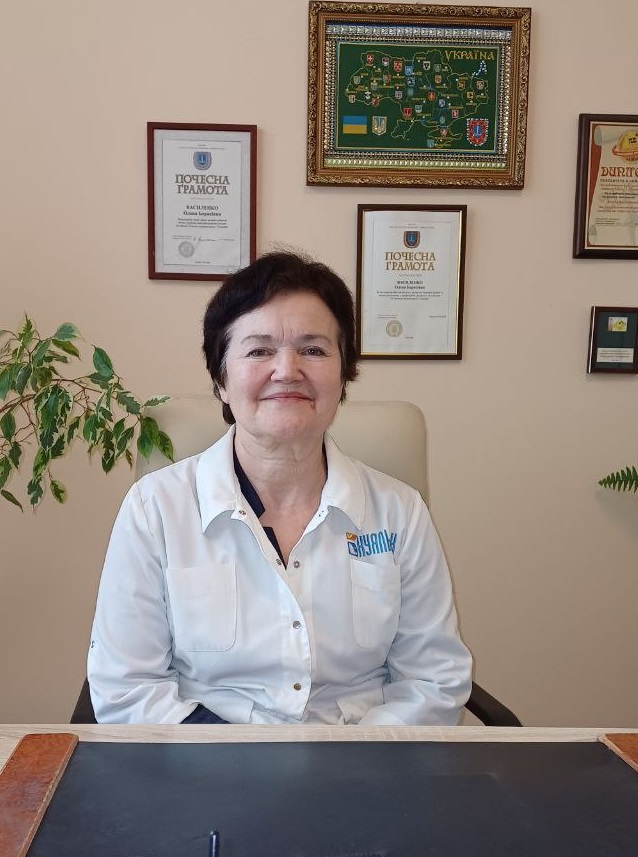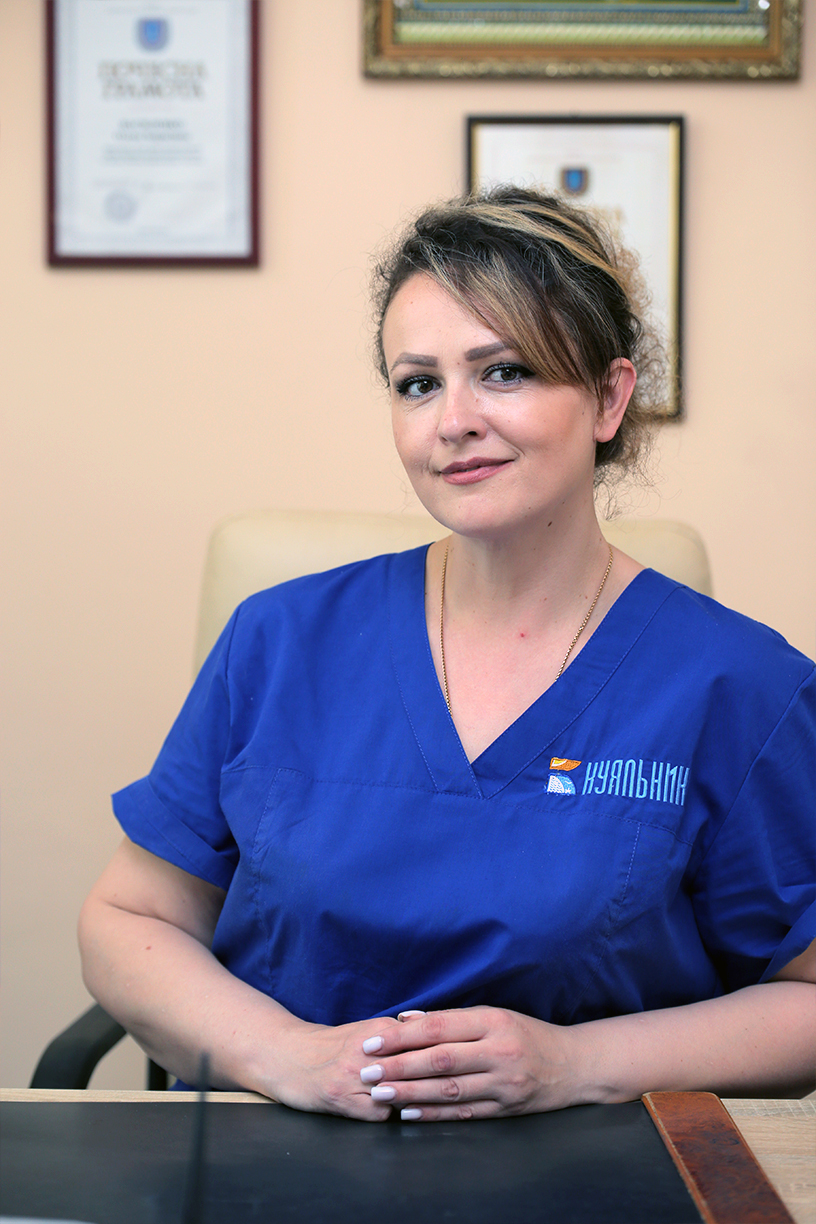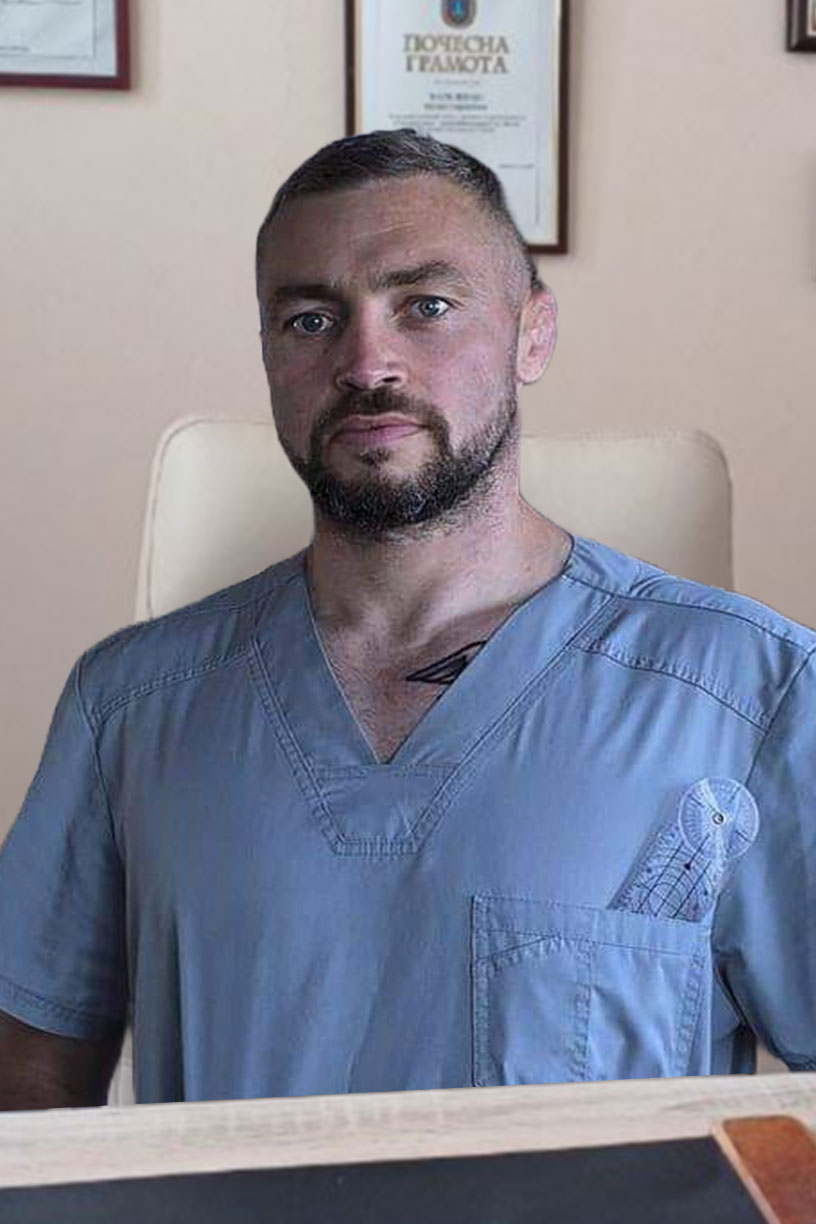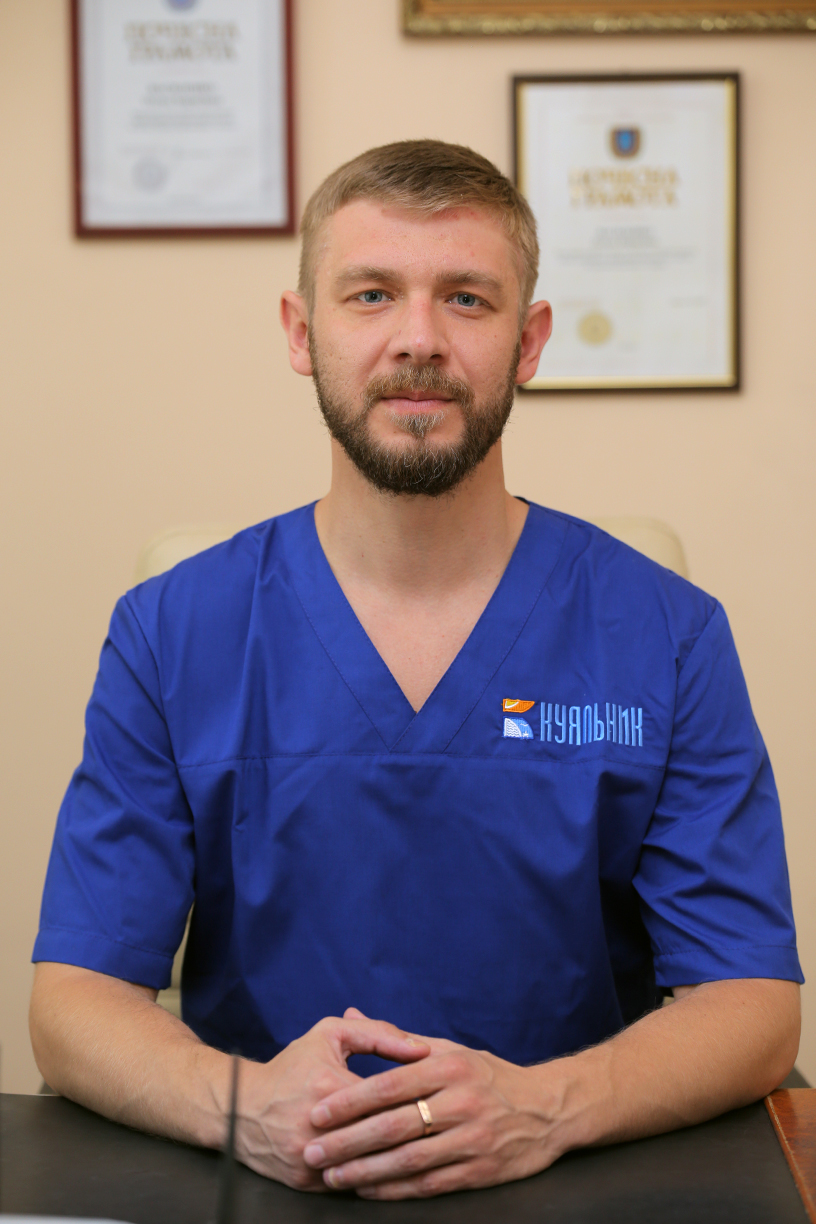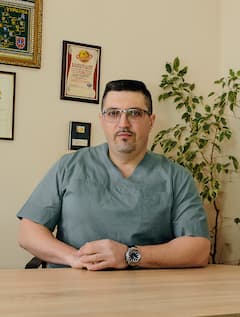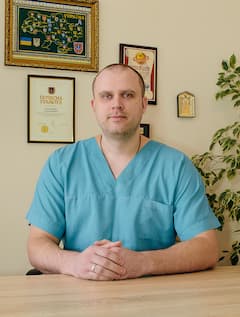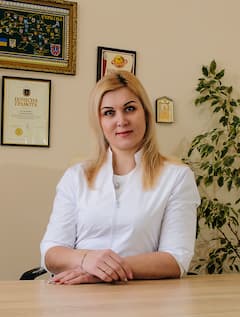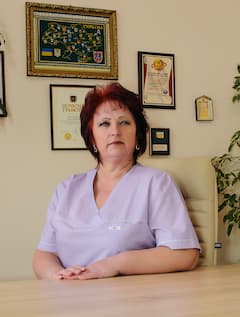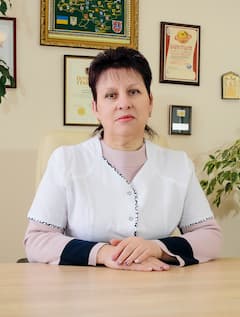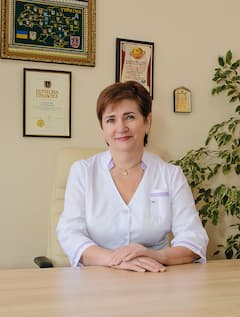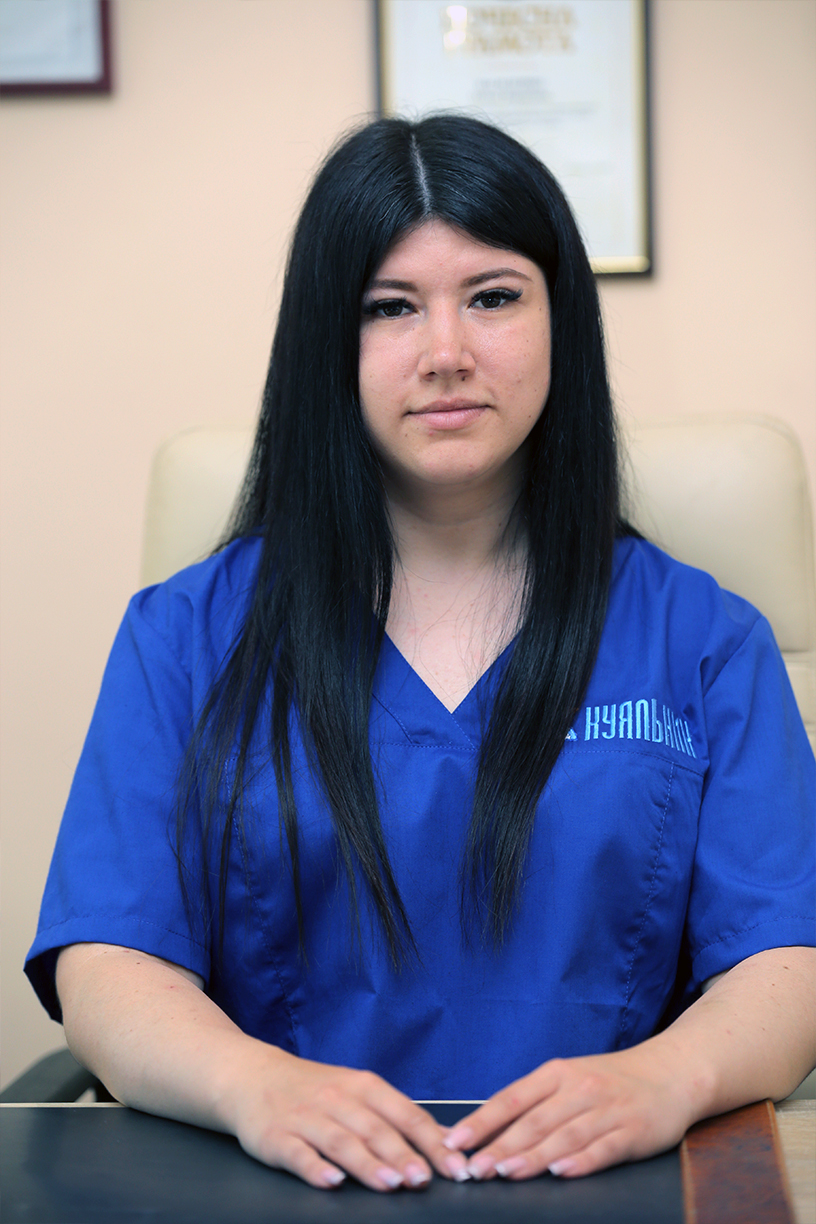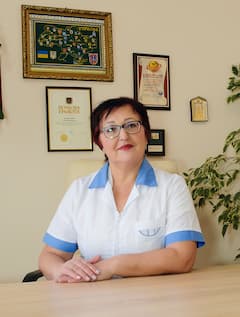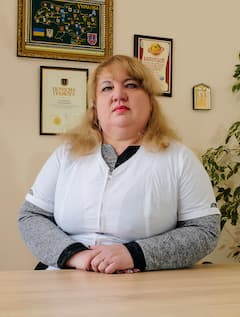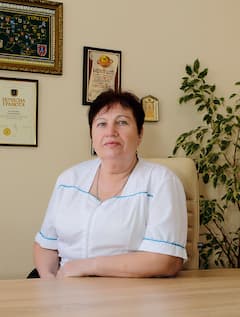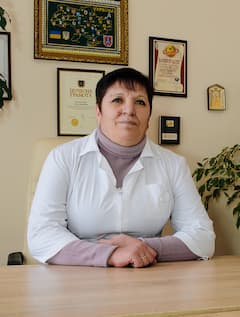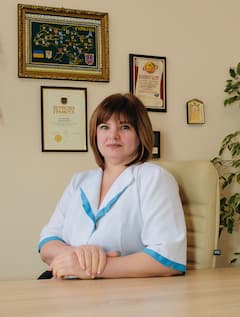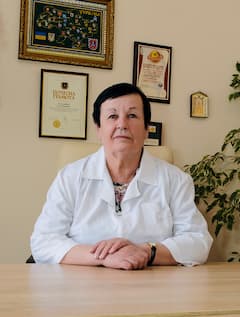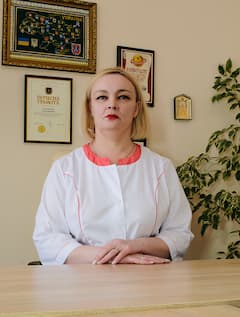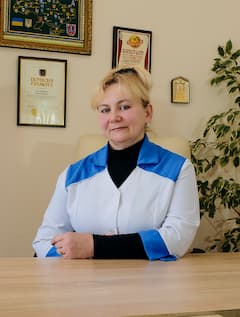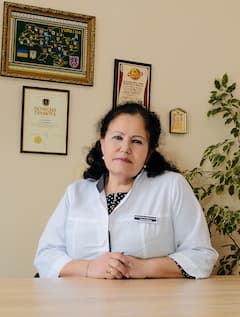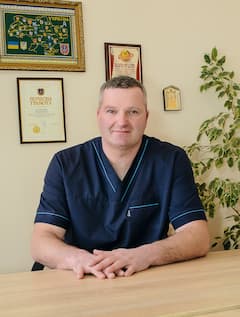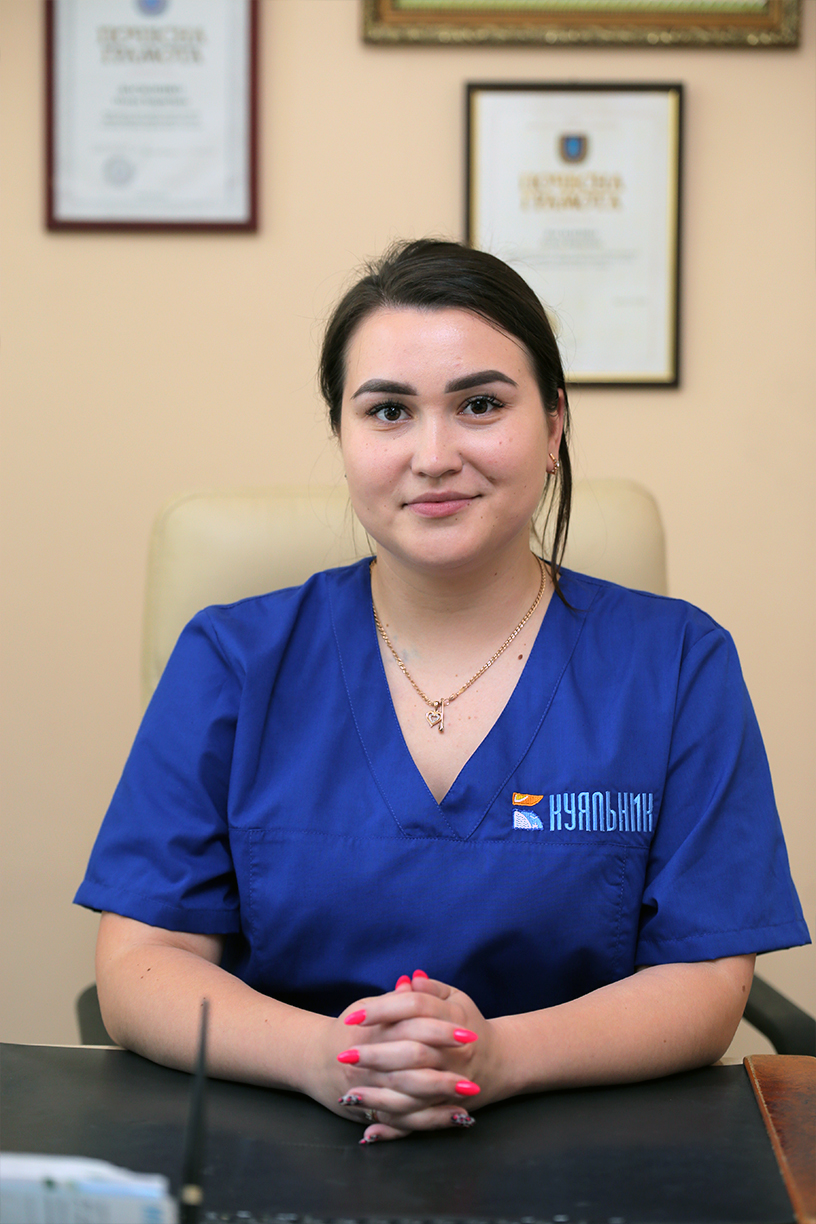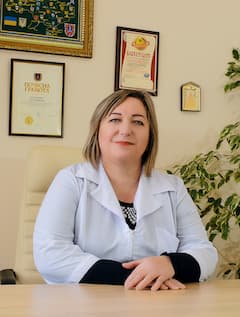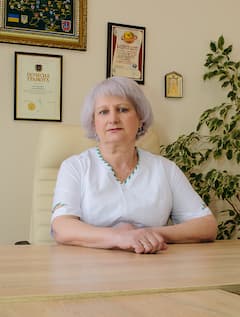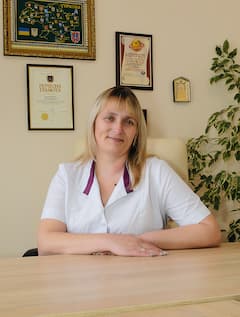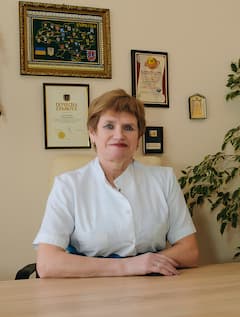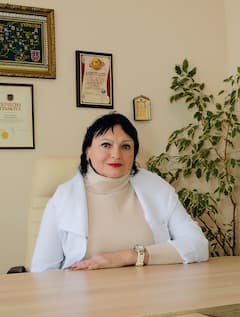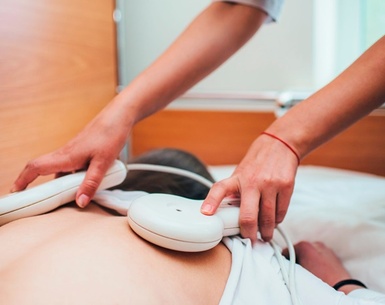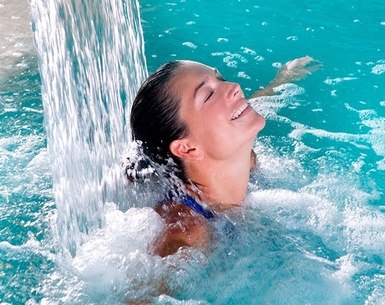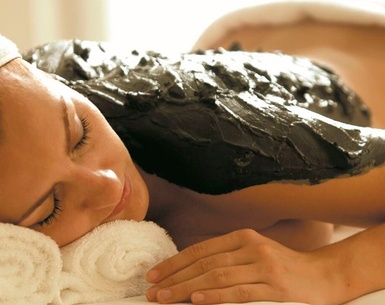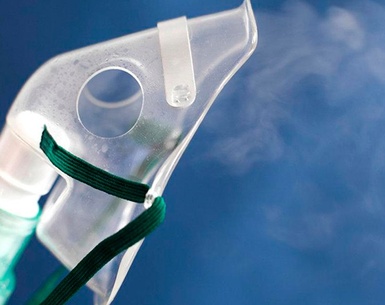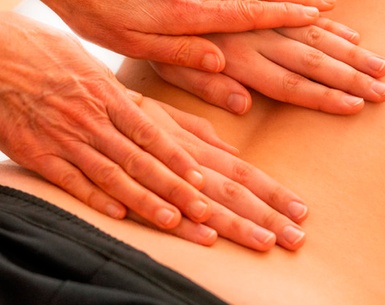Bechterew's Disease (ankylosing spondylitis) is a systemic inflammatory disease that affects the intervertebral joints, leading to their ankylosis (fusion of the vertebrae and ossification of the ligaments). As a result, the spine loses its mobility, turning into what is known as a "bamboo spine." Ankylosing spondylitis most commonly affects young men between the ages of 15 and 30.
Causes and Mechanism of Development of Bechterew's Disease
Bechterew's Disease has a complex pathogenesis that includes genetic, infectious-allergic, and autoimmune components. The main causes of the disease include:
- Genetic predisposition: The presence of the HLA-B27 gene significantly increases the risk of developing the disease.
- Chronic infections: Infections of the intestines and urinary tract can trigger autoimmune reactions.
- Stress: Frequent stress states contribute to the exacerbation of symptoms.
- Trauma to the musculoskeletal system: Bruises, fractures, and ligament tears can trigger the development of inflammation.
- Hormonal disorders: Thyroid diseases and other endocrine disorders can affect the course of the disease.
Symptoms and Clinical Manifestations
Bechterew's Disease manifests with a variety of symptoms that can vary in intensity and localization. The main symptoms include:
- Feeling of stiffness and pain in the thoracic spine: Patients often complain of difficulty breathing and limited movement.
- Night pain in the sacroiliac region: The pain may radiate to the buttocks and lower limbs.
- Restricted movement in the cervical spine: Decreased neck mobility is a late symptom.
- Morning weakness and increased fatigue: Patients may experience fatigue and reduced work capacity.
- Curvature of the spine: Progressive curvature can lead to serious deformities.
- Gait changes: Heel pain and other symptoms can cause gait disturbances.
- Eye inflammation: Uveitis and iridocyclitis are often accompanied by redness, itching, and burning.
Diagnosis of Bechterew's Disease
The diagnosis of Bechterew's Disease involves a comprehensive approach, including both visualization and laboratory methods:
- X-ray, MRI, and CT scans: These methods help identify spinal ossification and fusion of intervertebral joints, characteristic of "bamboo spine."
- Laboratory tests: Blood tests may show elevated ESR and C-reactive protein levels. Testing for the presence of the HLA-B27 gene is also an important diagnostic tool.
Treatment of Bechterew's Disease at the Pirogov Sanatorium
The Pirogov Sanatorium, Kuyalnik Resort, offers comprehensive treatment for Bechterew's Disease using natural factors—Kuyalnik estuary mud and brine. These natural remedies possess numerous therapeutic properties, such as anti-inflammatory, analgesic, desensitizing, antibiotic-like, hormone-like, and immunostimulating effects.
Main Procedures and Their Effectiveness
Treatment at the sanatorium includes a range of procedures aimed at improving the condition of patients:
- Gas-mud baths: These procedures improve blood circulation and metabolic processes, helping to reduce inflammation and pain syndrome.
- Brine baths with sage extract: Baths with the addition of sage provide soothing and anti-inflammatory effects, improving joint mobility and the overall condition of the patient.
- Hydrokinesitherapy: Therapeutic exercises in water help strengthen muscles, improve coordination of movements, and reduce pain.
- Underwater hydromassage: Hydromassage helps relax muscles, improve blood circulation, and reduce inflammatory processes.
- Physiotherapy: Modern physiotherapy methods accelerate tissue regeneration, reduce inflammation, and alleviate pain syndrome.
- Therapeutic physical training (TPT): A set of specially selected exercises helps improve joint mobility, strengthen the muscle corset, and increase overall physical activity.
Results and Patient Reviews
Numerous patient reviews confirm the high effectiveness of Bechterew's Disease treatment at the Pirogov Sanatorium. Patients report significant improvement in their condition, reduction of pain syndrome, increased joint mobility, and overall improvement in quality of life. Comprehensive treatment, including natural methods, physiotherapy, and therapeutic physical training, allows achieving lasting positive results and long-term remission.
Research and Scientific Evidence
The treatment of musculoskeletal diseases using Kuyalnik estuary mud and brine is actively studied by scientists and doctors. Research results show the high effectiveness of these natural remedies in treating inflammatory and degenerative diseases of the joints and spine. Scientific publications confirm that mud therapy helps reduce inflammation, improve blood circulation, and restore cartilage tissue. This makes the Pirogov Sanatorium one of the leading medical institutions for treating Bechterew's Disease and similar conditions.
Success Stories
Patient stories who have undergone treatment at the Pirogov Sanatorium are the best proof of the effectiveness of our methods. Here are a few examples:
- Alexey, 29 years old: "I suffered from Bechterew's Disease since I was 23. After several treatment courses at the Pirogov Sanatorium, I felt a significant improvement. The pain decreased, and the mobility of my spine improved. Now I can lead an active lifestyle, which I couldn't do before."
- Maria, 35 years old: "The treatment at Kuyalnik Sanatorium helped me regain the joy of movement. Mud baths and physiotherapy worked wonders for my health. I am grateful to the doctors and staff of the sanatorium for their professionalism and care."

